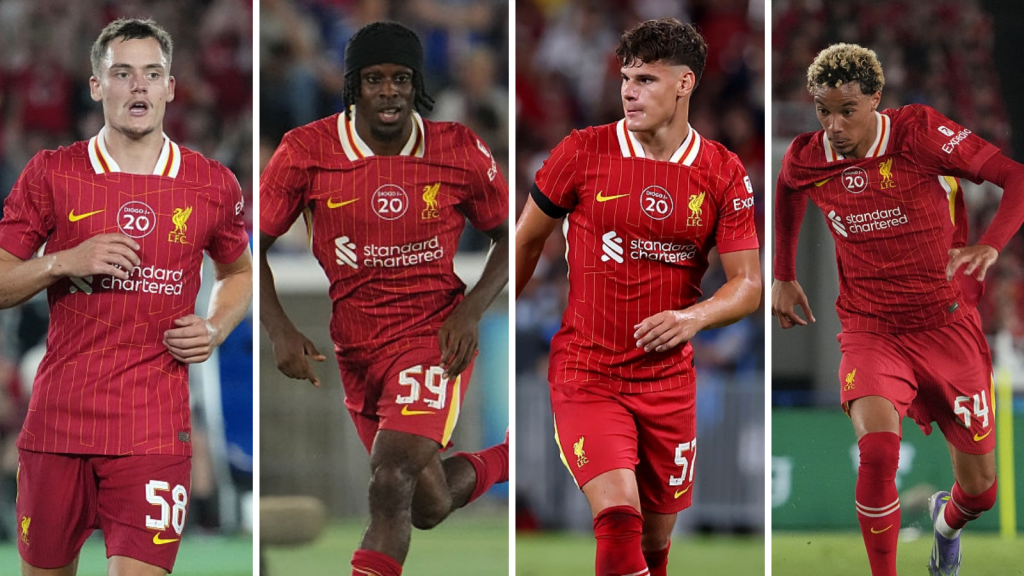In the context of the hard Premier League teams to deal with the rigorous constraints of profit and sustainability (PSR), Liverpool is an exception. They shop frantically, breaking the usual financial limits (of the club) to bring the “blockbuster” Florian Wirtz, Hugo Ekitike and other rookie series.
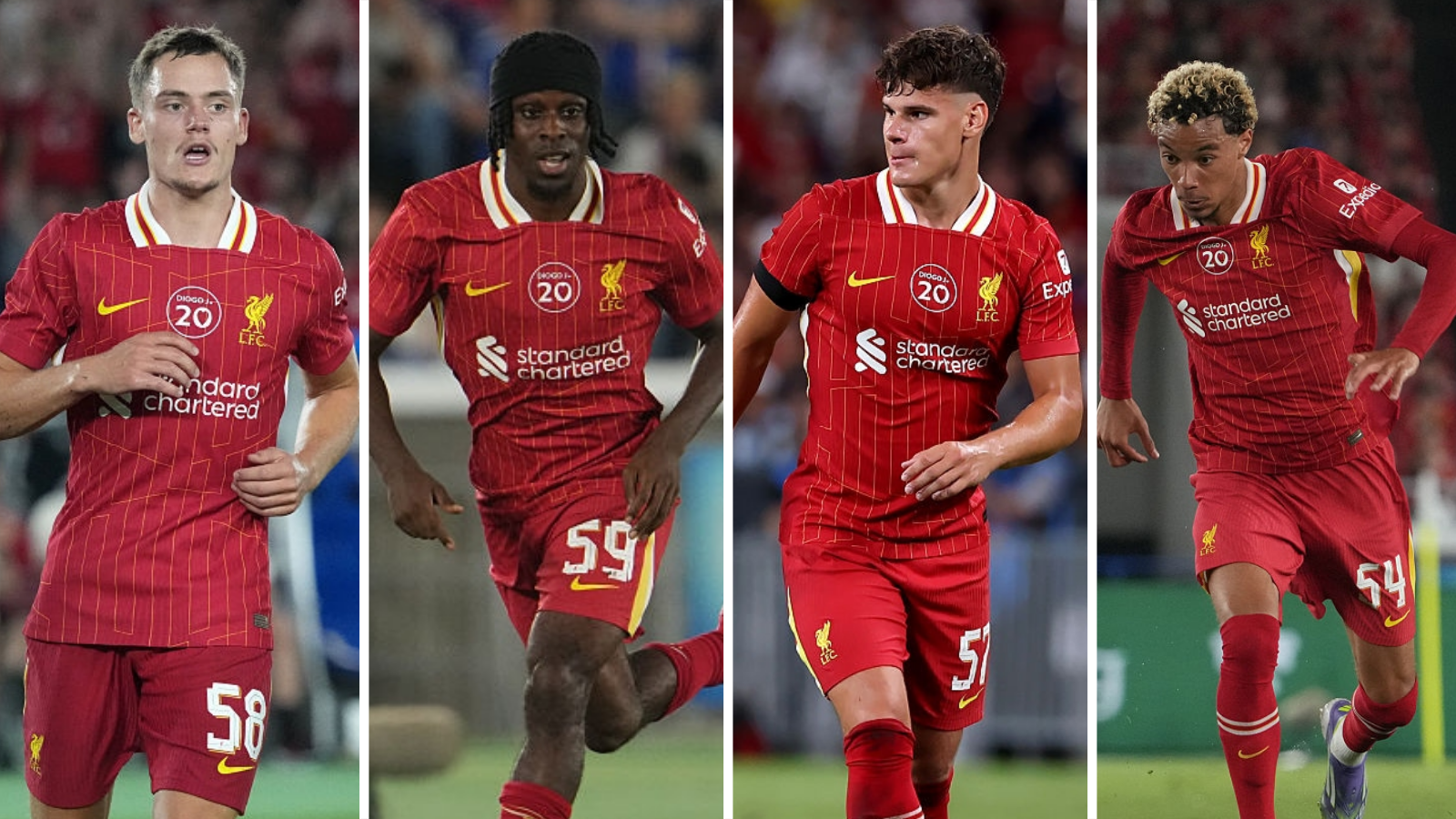 |
A summer “burning money”
After a silent summer last summer, Liverpool was very exciting on this year's “summer market”. The record breaking the Florian Wirtz club was made alternately with signing a contract with Jeremie Frimpong and Milos Kerkez, making Liverpool cost about £ 170 million. And, the contract to recruit Hugo Ekitike from Frankfurt for about 79 million pounds has pushed this number higher.
If an additional 25 million pounds have spent to goalkeeper Giorgi Mamardashvili (Liverpool bought from Valencia and lent to this team last year, now officially taken) and plus brokerage and transfer taxes, we will have an incredible figure. Liverpool spent about £ 300 million and may still have more expenses (Rodrygo or Isak) because the summer transfer window is still nearly a month to end.
The £ 100 million deal for Florian Wirtz and the appearance of Hugo Ekitike turned these two players into the first and fourth expensive contracts in Liverpool history, after Virgil Van Dijk and Darwin Nunez. Wirtz has signed a 5 -year contract, while Ekitike agreed to stick with Anfield in the next 6 seasons, and both will receive a generous salary.
So, how can the Premier League champion paid all these?
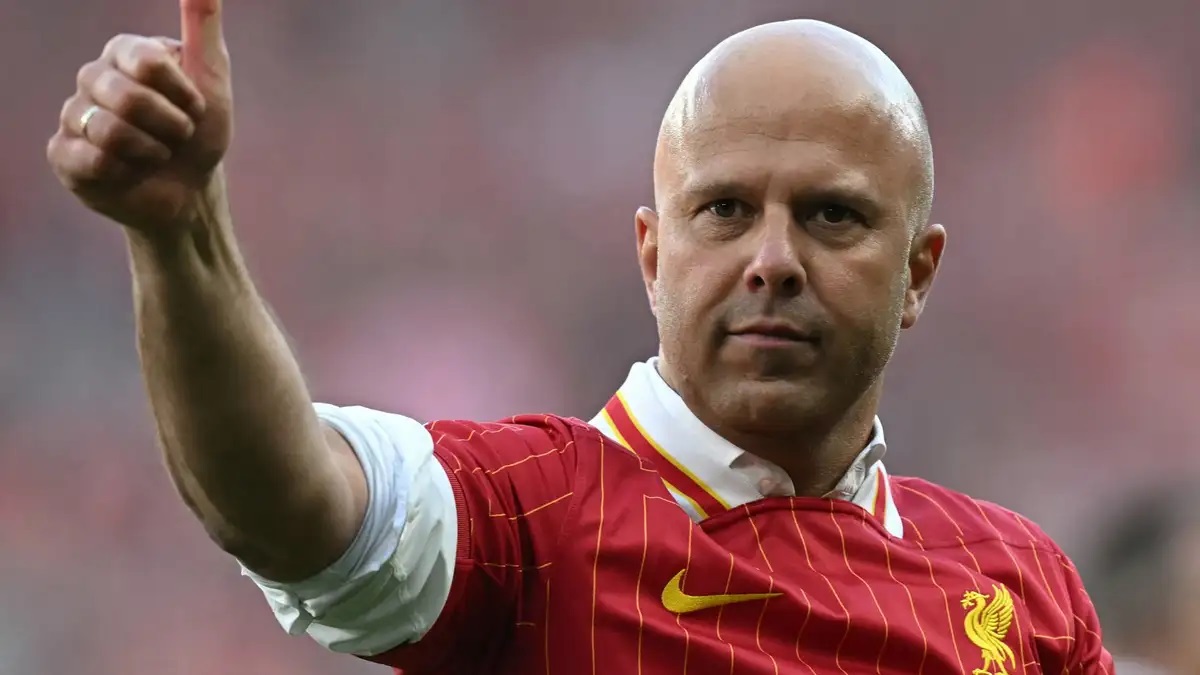 |
Liverpool is making more money than ever
The recruitment of Wirtz and Ekitike took place at the time Liverpool had a record revenue. For the first time, they surpassed the 600 million pounds in the 2023/24 season, even though it was the year they had to accept to play in the Europa League and point to the third destination in the Premier League.
Last season, with the return of the Champions League and the 20th domestic championship, along with the expanded Anfield Road End stands and trade revenue continued to grow, Liverpool will achieve more than £ 700 million. This is a achievement that previously only Man City could do.
A new record in the 2025/26 season seems to be sure. The Athletic newspaper estimates that Liverpool has earned 181.5 million pounds thanks to the Premier League championship. Even if they do not protect the title at the end of the 2025/26 season, they will still benefit from the increase in the total income of the tournament. A new TV copyright cycle began this season, when the Premier League is expected to earn £ 12.25 billion in the next three years, an increase of 17% compared to the 2022-2025 cycle.
Liverpool's trade growth is also on the momentum. In August, they started a new shirt sponsoring contract with Adidas. This agreement, although based on performance, promises to bring a significant increase compared to the lucrative contract with Nike before. The contract with Nike gives Liverpool the basic payment of 30 million pounds per season, but in fact, they earn nearly double that number. Now, the Red Brigade will receive from Adidas more.
The salary fund is “terrible” but still under control
Revenue is a good thing, but it will not be helpful if your spending is too high. Liverpool had a loss of 57.1 million pounds in the 2023/24 season, the worst financial results in the club history. So the cost is “swallowing” their income?
The reality is not so. A large loss of a year ago was an abnormal case for a club that for nearly 15 years under the leadership of Fenway Sports Group (FSG), they always break even.
And although there is no financial newspaper, all expect Liverpool to return to profit in the 2024/25 season, even that may be a significant profit. Even when the salary fund increased to 400 million pounds because of the bonuses for BHL and players for the title of the championship, Liverpool could achieve a profit of £ 30 million.
Liverpool is a very high paying team. Their salary fund in the 2023/24 season is only behind Manchester City in the domestic league. An example, rookie Florian Wirtz will earn about 200,000 pounds per week at Anfield, excluding bonuses. From that angle, Wirtz will spend at least £ 12 million per year (including costs related to recruitment in addition to basic salary).
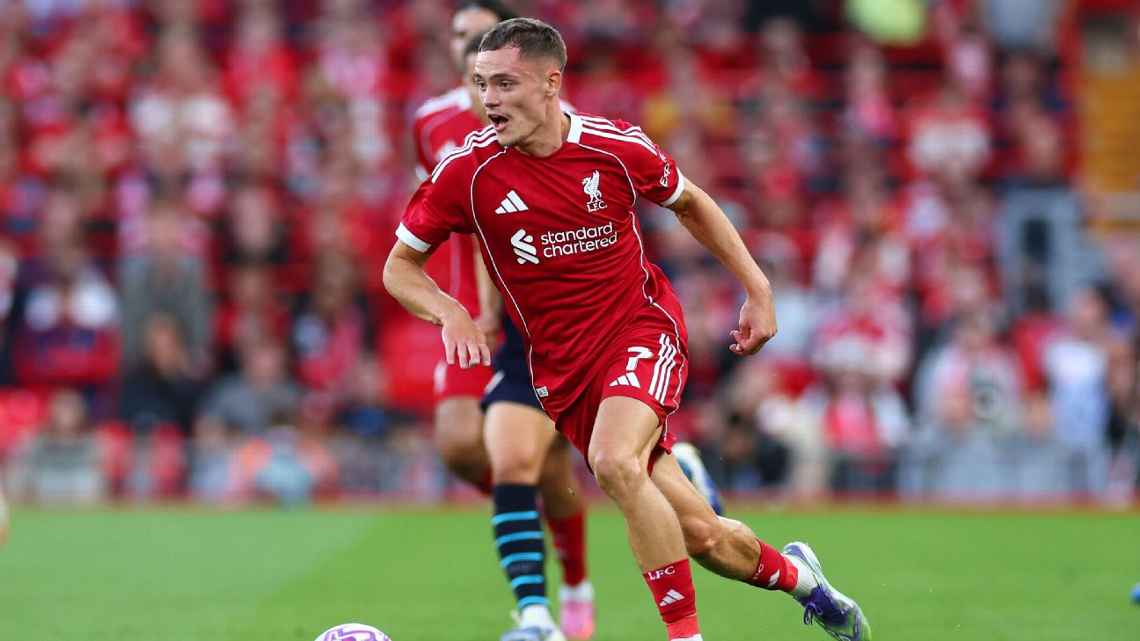 |
Ekitike will also be paid generously. In the process of Newcastle pursuing Ekitike, the salary that this player requires is expected from 200,000 to 220,000 pounds/week. Although it is unclear whether this salary is kept in negotiations with Liverpool, if you take the average at Anfield as a basis and plus recruitment expenses, Ekitike will cost Liverpool about £ 12.6 million per year.
Wirtz and Ekitike alone, the Merseyside red shirt team added a minimum of about 25 million pounds to the annual salary fund. But even if the salary fund of the 2025/26 season passes 400 million pounds, it is still under control thanks to the income of the club is growing positively. Liverpool's salary ratio has fluctuated from 62% to 65% in the last four seasons, a healthy rate in European football.
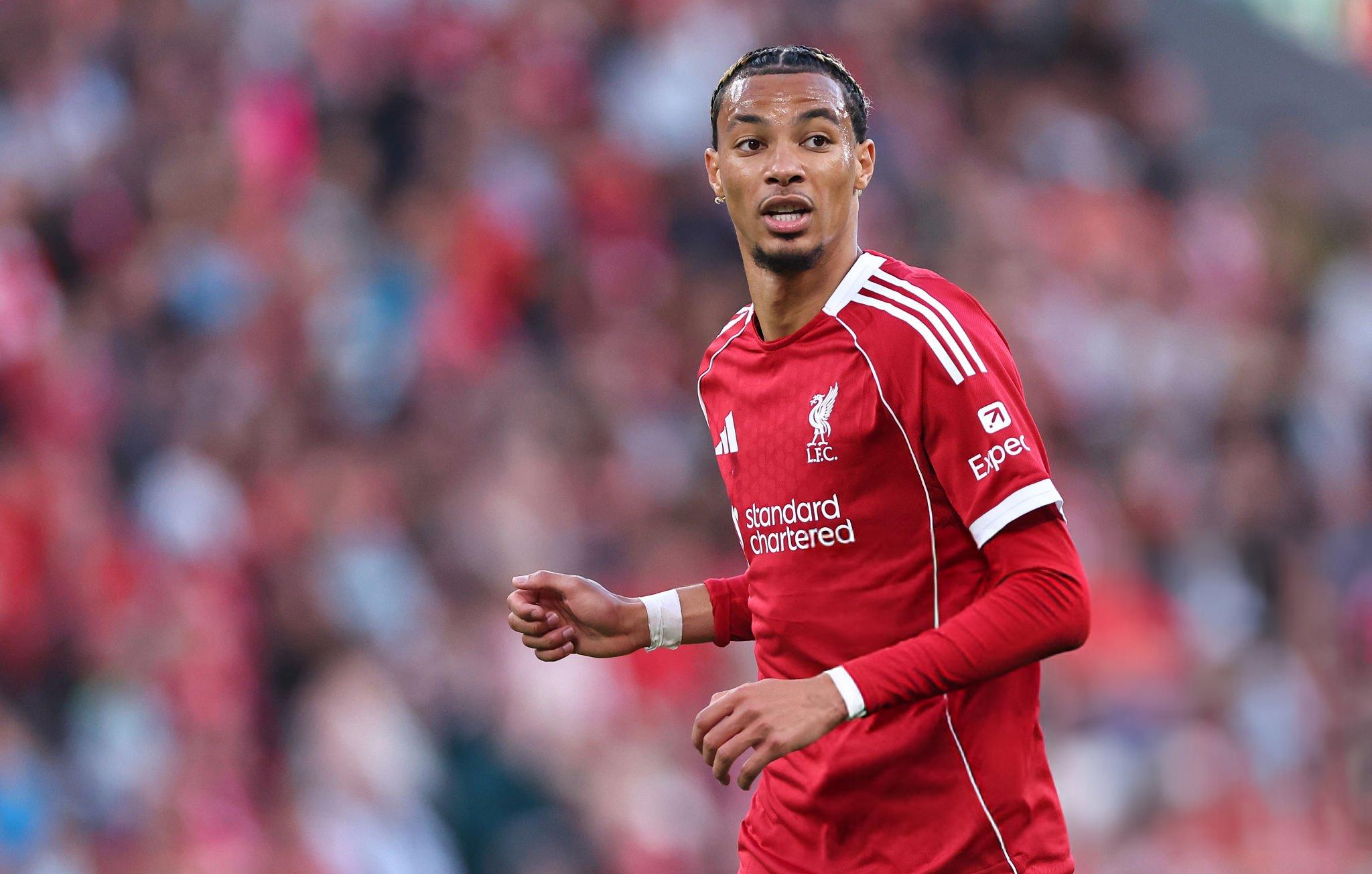 |
The accumulation of years, now Liverpool can widen shopping
One of the reasons why Van Dijk and Alisson deals are often taken as an example of Liverpool's play is because they are like the “flagpole in the bundles of chopsticks”. It is true that Liverpool spent a lot of money to buy these two stars, but their transfer spending is generally still inferior to domestic competitors.
At the end of the 2023/24 season, the cost to build Liverpool's squad, including the transfer fee and brokerage fee, is £ 749.4 million. This is the 7th expensive squad in the world but still inferior to Chelsea (1.4 billion pounds), Manchester City (1.1 billion pounds), Manchester United (£ 943.9 million) and Arsenal (£ 882.4 million).
Liverpool's annual depreciation costs are also much lower than domestic rivals. This figure of Liverpool last year was 114.5 million pounds, more than 20 million pounds lower than the Spurs and 75 million pounds less than Chelsea. After a quiet summer of 2024, the depreciation cost if any will not increase much.
 |
| Chart fluctuations for depreciation costs between the 2018/19 and 2023/24 season (pound unit) shows that Liverpool's depreciation growth is the lowest in the Premier League. |
Wirtz's £ 100 million fee, plus about 10% of the estimated brokerage fee, along with 4% of the transfer tax that Liverpool must pay the Premier League for all new contracts, will add £ 21.4 million to the club's depreciation expense in the 2025/26 season. These expenses will continue to increase by 22.7 million pounds per season later until the 2029/30 season (a small part, 1.9 million pounds, will fall in the 2030/31 season due to the club's end of the financial year of May 31).
Meanwhile, the Ekitike deal will add £ 13.4 million by 2025/26 as well as £ 15.7 million per season until the end of the 2029/30 season and about £ 2.3 million in the 2030/31 season. (Despite signing a 6 -year contract, the Premier League and UEFA rules set the Ekitike transfer fee can only be spread evenly in 5 years to suit PSR).
Along with recruiting Frimpong and Kerkez, Liverpool added about 54 million pounds per season in depreciation expenses, equivalent to nearly half of their depreciation costs in the 2023/24 season.
All of the above -mentioned numbers made Liverpool's depreciation costs significantly increased. But almost surely him, this cost is still far behind the 4 biggest rivals in the country.
 |
Is there any potential risk to PSR rules?
Although 75 million pounds last season, Liverpool still did not violate any financial rules of the Premier League.
Including both salary and depreciation costs, signing contracts with Wirtz and Ekitike will increase about 63 million pounds annually. If adding estimates for Frimpong and Kerkez, these 4 players may have added 90 to 100 million pounds to the annual spending. But with the “bulging” revenue, just having a profitable season, Liverpool has no trouble.
Of course, the sale of players will still help the club balance financial and squad. Some names like Darwin Nunez can leave. However, such transfer incidents are not required.
Does Liverpool have enough cash?
Cash concerns with concerns about PSR, but Liverpool also has no problem here.
Access to fund sources is not a problem. The FSG owner has re -allocated a loan in September last year, raising their credit limits for livepool from 200 million pounds to £ 350 million. By the end of May 2024, the team only used 116 million pounds out of the original 200 million pounds, so they still had a lot of money to use if needed.
More significantly, Liverpool may not need to increase borrowing. The cash flow from the business is still positive at 83.7 million pounds in the 2023/24 season even without revenue from the Champions League. Not to mention, cash spending on infrastructure has decreased after the renovation of the Anfield Road End stands completed.
And thanks to the past way of buying and selling in the past, Liverpool only owes 69.9 million unchanged transfer tables, less than 7 other Premier League Clubs and is far inferior to Manchester United's 308.9 million pounds.
Obviously, behind the “burning money” this summer is a financial strategy carefully calculated, which not every club can do. Liverpool is proving that, it is not necessary to be as rich as PSG or Man City to be able to shop monumental. Just need to know “whether the rice is grabbed”, knowing “the chamber cup”, then at an appropriate time, you can completely play big without worrying about bankruptcy.
Source of the article: How Can Liverpool Afford Florian Wirtz and Hugo Ekitike? (The Athletic)

A year ago, not many people were excited about the situation of Liverpool. Even fans of this team are prepared for a crisis.

From the confrontation at the Bundesliga, Florian Wirtz and Hugo Ekitike are now his teammate at Liverpool and the German player excitedly accompanying the new teammate.

Although French media frantically reported that Liverpool was returning to the race to win the signature of Bradley Barcola, the reality at Anfield was completely different. According to prestigious sources from the UK, the Merseyside team has no intention of recruiting young stars of Paris Saint-Germain this summer, despite the fact that they are looking for an additional plan for the left corridor after the departure of Luis Diaz.

